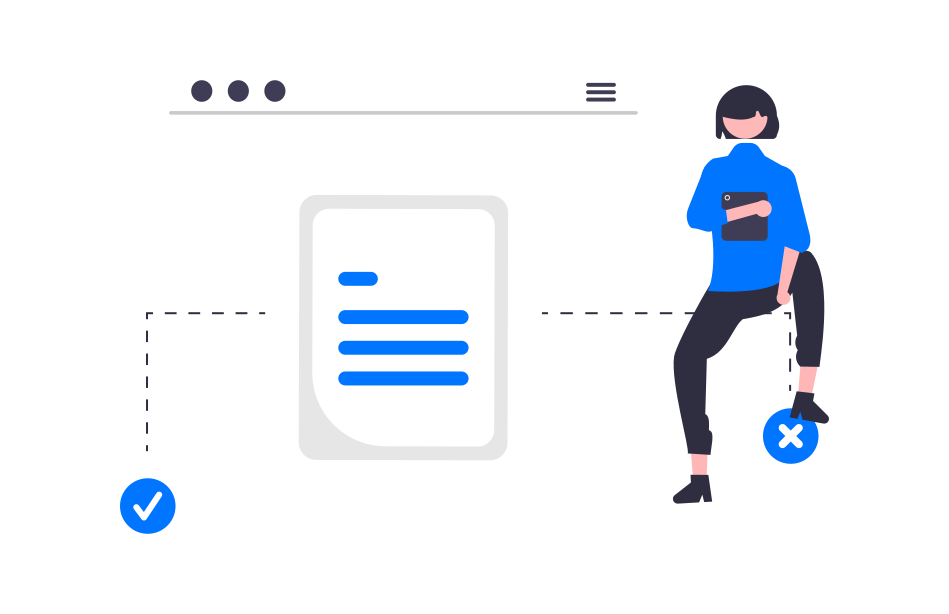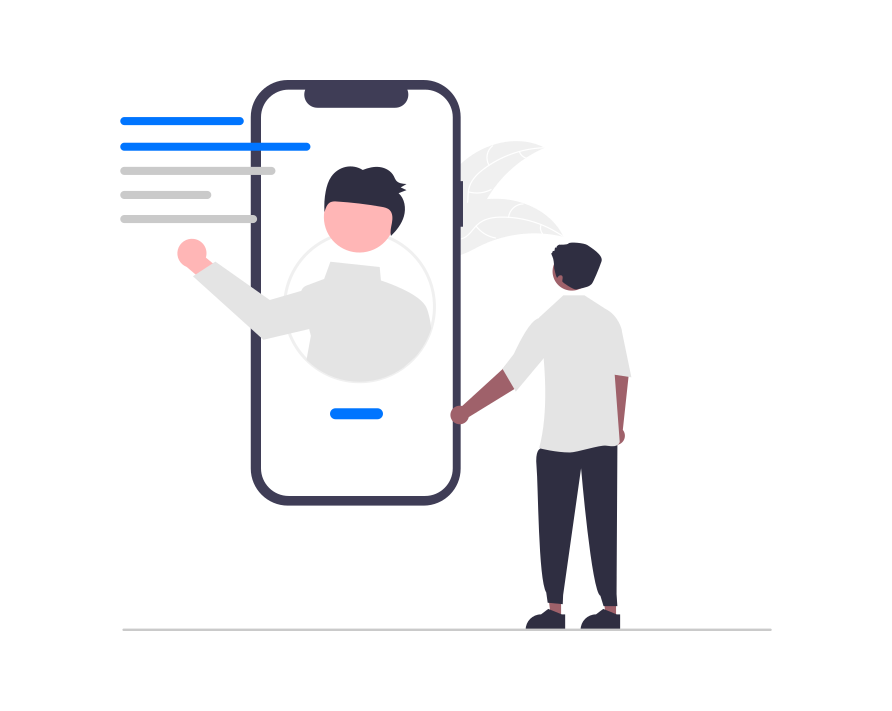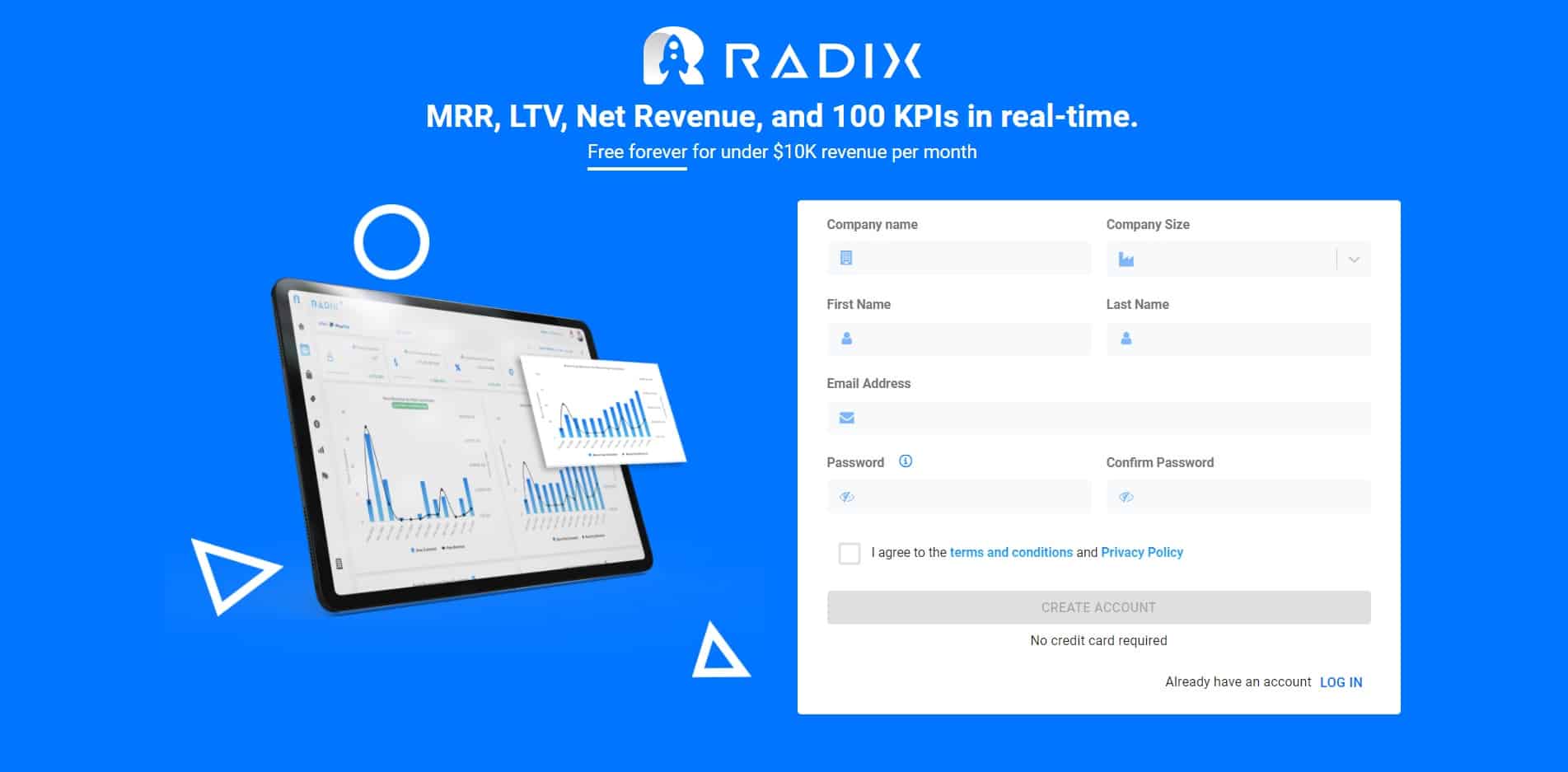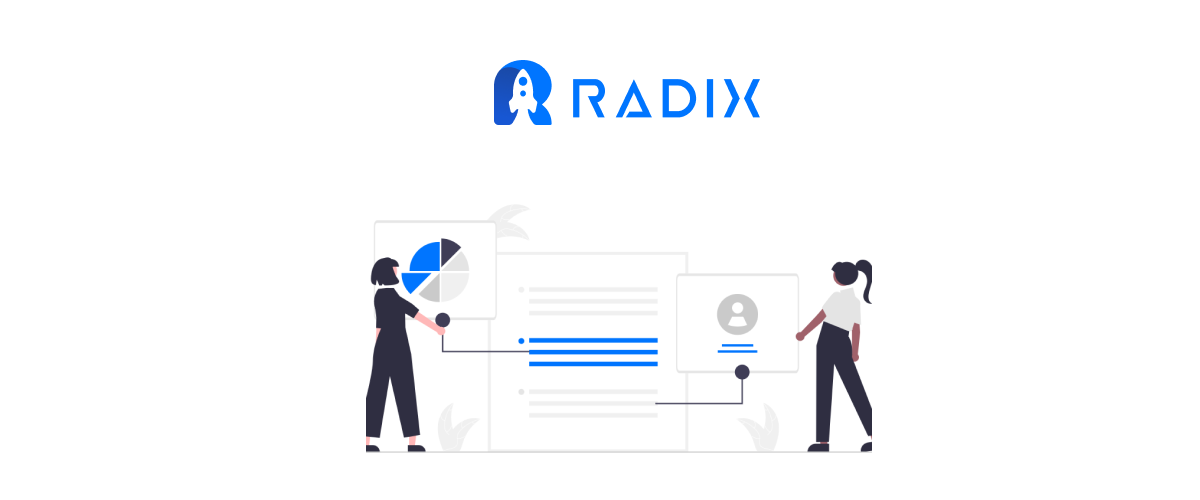Customer churn is the bane of any business. You’re working hard to acquire customers, only to have them leave shortly after they sign up. Depending on your business model and industry, you might have a churn problem (if you don’t, that’s awesome!). If you are experiencing customer churn, there are a few things that you could be doing wrong. These are five bad habits that will cost your company money by making customers want to leave.
Small reductions in churn would lead to:
- Increased revenue
- Increased upsell revenue
- Higher LTV and thus more customer acquisition channels
- Higher referrals
5 Causes of Customer Churn
1) Poor Product – Market Fit
Product-market fit is where a startup is producing a product that satisfies a market need, with the right features and at the right time. It’s similar to beach-front property — you can walk out of your house and cross a bridge to get right on the ocean. Having this kind of product-market fit certainly helps with customer churn.
It’s critical that your marketing and sales teams are generating and closing opportunities that can benefit from your product. If you use high-pressure sales methods to close consumers who will not be successful on your platform, you will harm your company’s brand.
Furthermore, it costs time and money to close and support a bad-fit customer. That money and effort would be better spent bringing in a customer who can benefit you.
To address this issue, there must be regular communication across the customer success, sales, and marketing departments. When trends arise indicating that customers are being sold the wrong product offering, the leadership of each team must analyze the problem.

2) Engagement is low (or non-existent)
To determine if you have this issue, you must first track and analyze engagement. Most products will require in-app analytics, although some more “behind the scenes” products may need customer surveys.
You can connect engagement statistics with churn if you have a large enough sample size and analytics tools. Then you can create a “danger zone” line, which is simply when engagement (however you measure it) goes below a particular point.
Once you’ve determined your danger zone metric, you should set up tracking so that your customer success team is informed as soon as a user crosses that line. A member of the customer success team should contact out proactively to try to understand why a customer isn’t participating and to address the underlying issue. This is fundamental to prevent customer churn.

3) Difficult User Interface
Sure, your product may offer fundamental functionality and a great ROI. Is it, however, simple and enjoyable to use?
Some company software systems, for example, may be able to get away with poor user experience design. However, with software becoming highly end-user-oriented and end-users having ever-increasing expectations of the web, usability has become a must-have in many circumstances.
End-users become upset by a bad user experience over time. Those end-users complain to their managers, who complain to their bosses, and so on until the decision-maker has had enough and moves to a different platform.
Your product and customer success teams must be on the same page. However, solving usability issues needs face-to-face meetings. Both executives and individual contributors from product and customer success teams should meet regularly — typically between monthly and quarterly — to discuss high ticket categories relating to usability.
The customer success team should provide real-life examples of how this affected customers, as well as how frequently tickets are generated as a result of the problem. The customer success team will be able to illustrate the severity of how usability issues affect the whole experience in this way.

4) Bugs In The Product
Bugs in the product can lead to customer churn which has long lasting repercussions.
If you’re in the marketplace selling a product or service, your customers are one of your most valuable assets. This is why you want to take steps to avoid bugs in the design or end-user product. Bugs aren’t just an annoyance for users but can lead to them churning from your product or service.
Customer success teams may help in the rapid resolution of bugs, but only if adequate communication routes between customer success and engineering/product management are in place.

5) No Proactive Support
A proactive support service shows clients that you care about them and their business. And it may turn a potential customer into your customer. But if you want to keep your customers, you need a proactive support service.
Most companies today understand the importance of adding a great customer support experience to their product. Without it, customer churn quickly becomes a significant problem. Moreover, most small and medium-sized businesses are aware of this issue as well. They either add a support mechanism or they outsource it, sometimes at great expense.

Conclusion
Reducing churn is critical for every business; even organizations with the most difficult products on the market have teams dedicated to customer churn reduction. It is key that you are not just minimizing churn by enhancing your product, but also recognizing and resolving distinct reasons for churn. This list is by no means exhaustive, but hopefully, you’ve learned about typical reasons for churn and how to put up the systems and procedures to address these causes of churn.
You can use Radix to track, analyze and reduce customer churn. We are a platform that analyzes Payments Gateway data in real time. With us you can easily track subscriptions, customers, overall revenue numbers, and reduce churn.
Sign Up Here!

Read More:
15 Ways to Reduce Churn: Radix Edition
Types of Churn: Delinquent vs Proactive
Revenue Churn: Definition, How to Calculate, Ways to Track & Improve





